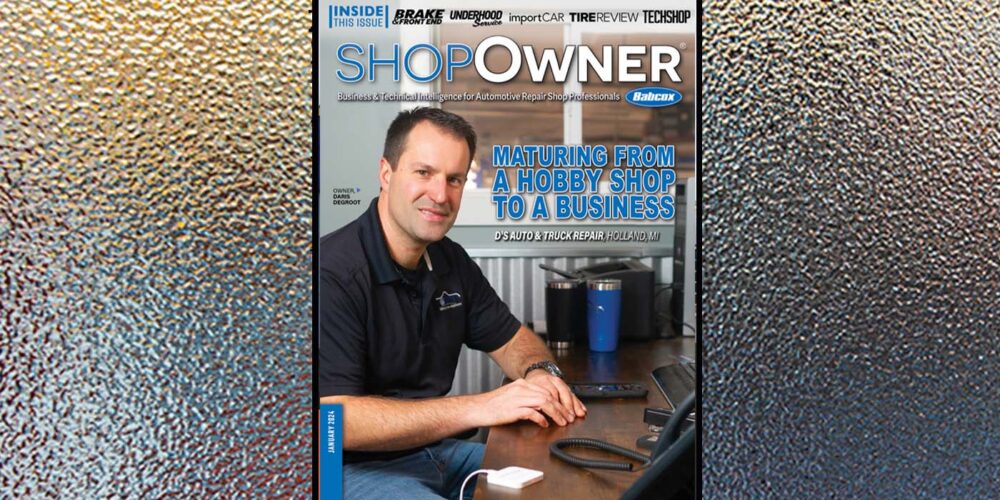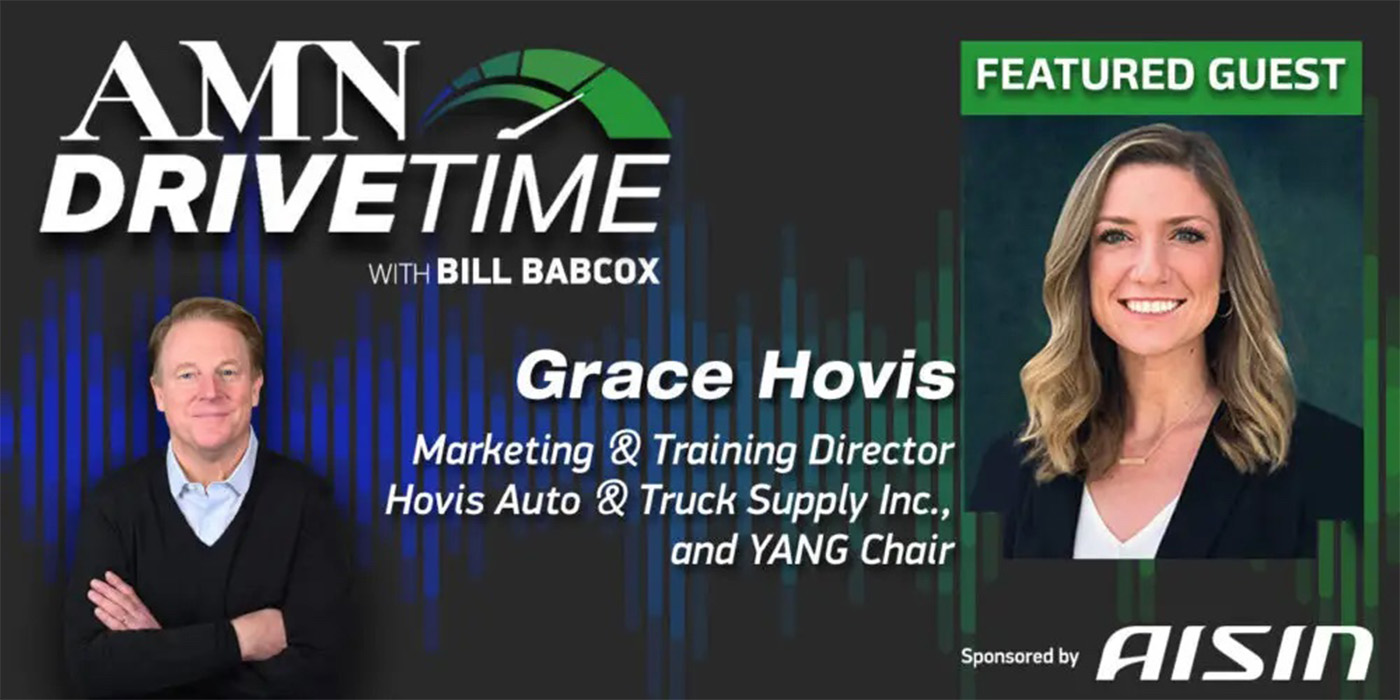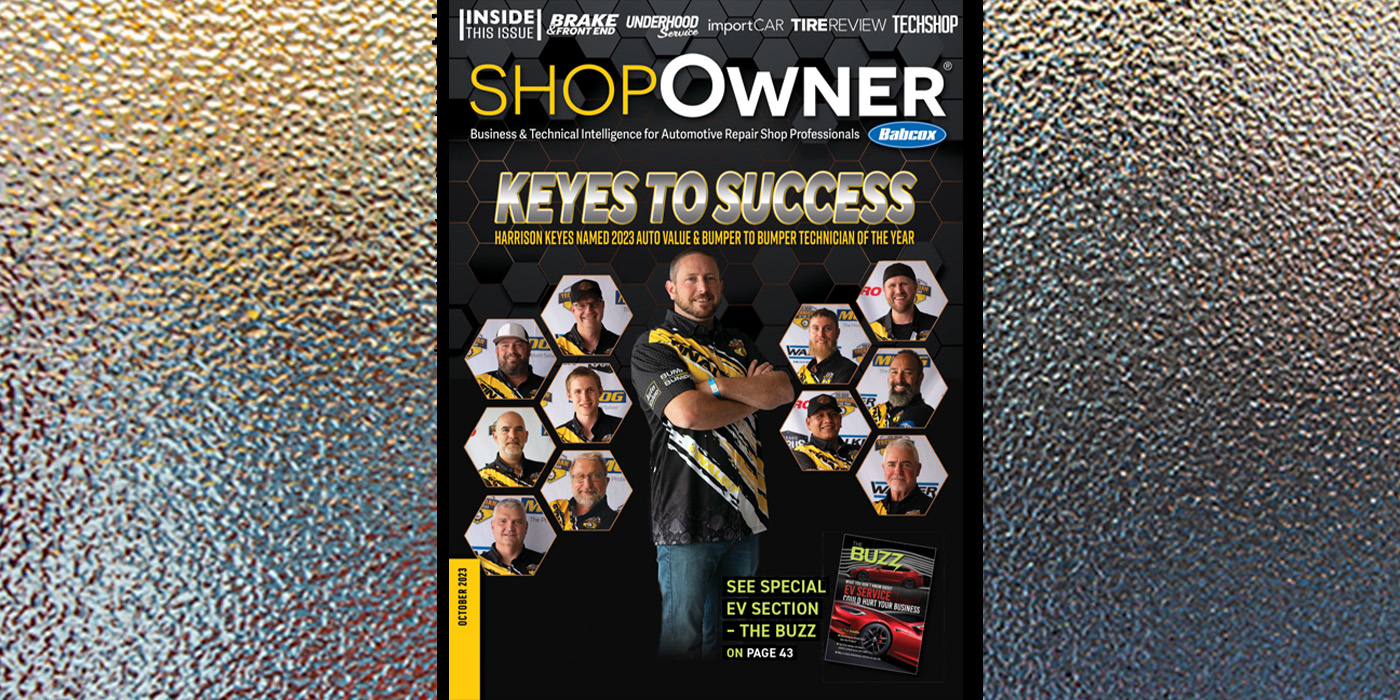By Charles Dumont
Whether we’re talking about curbside pick-up or buy online/pick up in store, the pandemic has accelerated the adoption of a hybrid shopping model. It’s based on the “omnichannel” concept that you’ve probably heard about – the notion that customers now expect an array of options for how they can research and buy products (in store, on their computer, on their smartphone, etc.). In the midst of a public health crisis, buy online/pick up in store and curbside pickup have emerged as powerful tools to keep sales flowing while minimizing in-person contact.
For customers to get started, they need to set up an account with your store or company online – although you’ve probably seen retail websites that also allow the customer to complete the purchase as a guest. The advantage of creating an account versus buying as a guest is it saves the customer from having to re-enter their credit-card number and billing information every time they make a purchase. Also, an account can be linked to a rewards program if the seller offers one, and the customer can accrue rewards points every time they sign in and buy something.
When it comes to offering online shopping, you don’t have to be a national chain to get in on the action. In the internet age, small businesses that want to add e-commerce capabilities to their websites have a plethora of affordable options at their fingertips. One of the most well-known providers is Shopify, which boasts that it can create an online store “for as low as $29 a month.” And vendors such as Autologue Computer Systems specialize in providing e-commerce functionality for auto parts sellers.
After a customer places an online order with your store, an alert will flash on the computer screens in the store to let you know there’s an order to be processed. Some stores are set up to have a dedicated employee handle all the online orders, while other stores have everyone process those orders. Having a dedicated employee handle all the orders has some advantages. If there’s a question about an order, everyone knows who to ask. This usually is an experienced employee who is good with computers and the internet.
From my experience, here’s how it works in the store. When an online order alert starts flashing on the computer screen, an employee clicks on the message icon at the top of the computer screen and the order displays. At this point, the employee opens up the order and reviews the items in the online order.
The next step is to print a copy of the order and go find the parts. Then, if all the items that were ordered are in the store, the parts go on the will-call shelf under the customer’s name. This step is called staging the order. After that, the store employee clicks on the “Post Status” icon and the system emails the customer a notification that the order is ready for pick-up.
Now it’s time to call the customer and let them know that their order is ready for pick-up. Calling the customer is important, because many store hours are changing due to the pandemic. Occasionally, if inventory is off, you’ll have to locate the item elsewhere and call the customer before they make the drive to the store, so you can make arrangements with them to find the item they want and get it in for them.
When the customer first places the order, the website requires them to enter the name of an authorized pick-up person. After all the boxes are checked and the required information is entered, the customer clicks on the “Buy it Now” icon and the purchase amount is charged to their credit card or bank account. When the customer picks up the order, you can check their identification card to see if they’re an authorized pick-up person. The system allows for entering more than one authorized pick-person in case the customer wants a friend or someone else to pick it up for them on their way home. Returning the item at a later date is no problem. The computer system will pick up that it was an online order and handle the return using the proper tender. That eliminates people buying with fraudulent credit cards and returning the parts for cash.
The system also gives the customer the option for curbside pick-up. All they have to do is select that option when placing the order, and when they get to the parking lot, call or text the store. Then, the employee carries the item(s) out to the customer’s vehicle and gets a signature from them.
The internet has changed the dynamics of how customers research and buy auto parts, and the pandemic has accelerated trends that already were taking shape before the emergence of COVID-19. E-commerce opens up a lot of new sales opportunities for parts sellers. I encourage everyone to jump and get started today!
Charles Dumont is an ASE-certified counter professional with NAPA Auto Parts in Shelton, Washington. A regular contributor to Counterman, Dumont is the 2020 NAPA/ASE Parts Specialist of the Year.
This article appeared first in Counterman.














